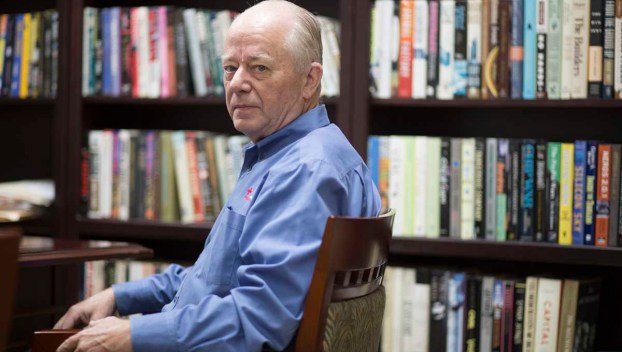
Cnhi Network
Free-standing emergency rooms offer costly convenience
HOUSTON - Not far from neighborhood streets lined with million-dollar homes here lies an open-air mall where people ... Read more

HOUSTON - Not far from neighborhood streets lined with million-dollar homes here lies an open-air mall where people ... Read more